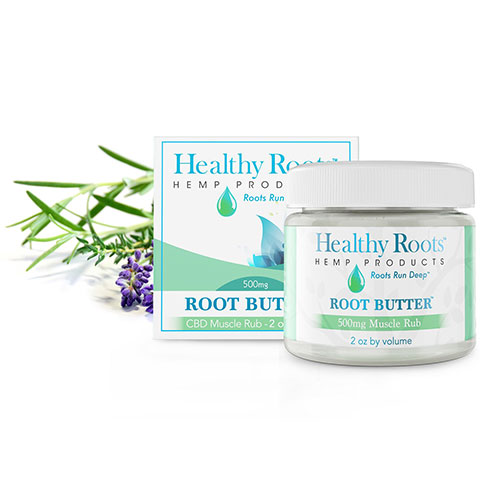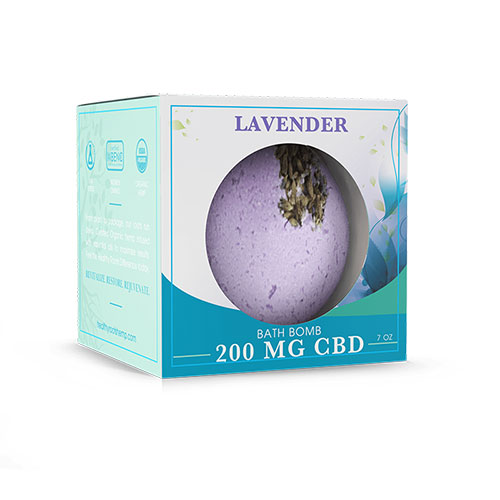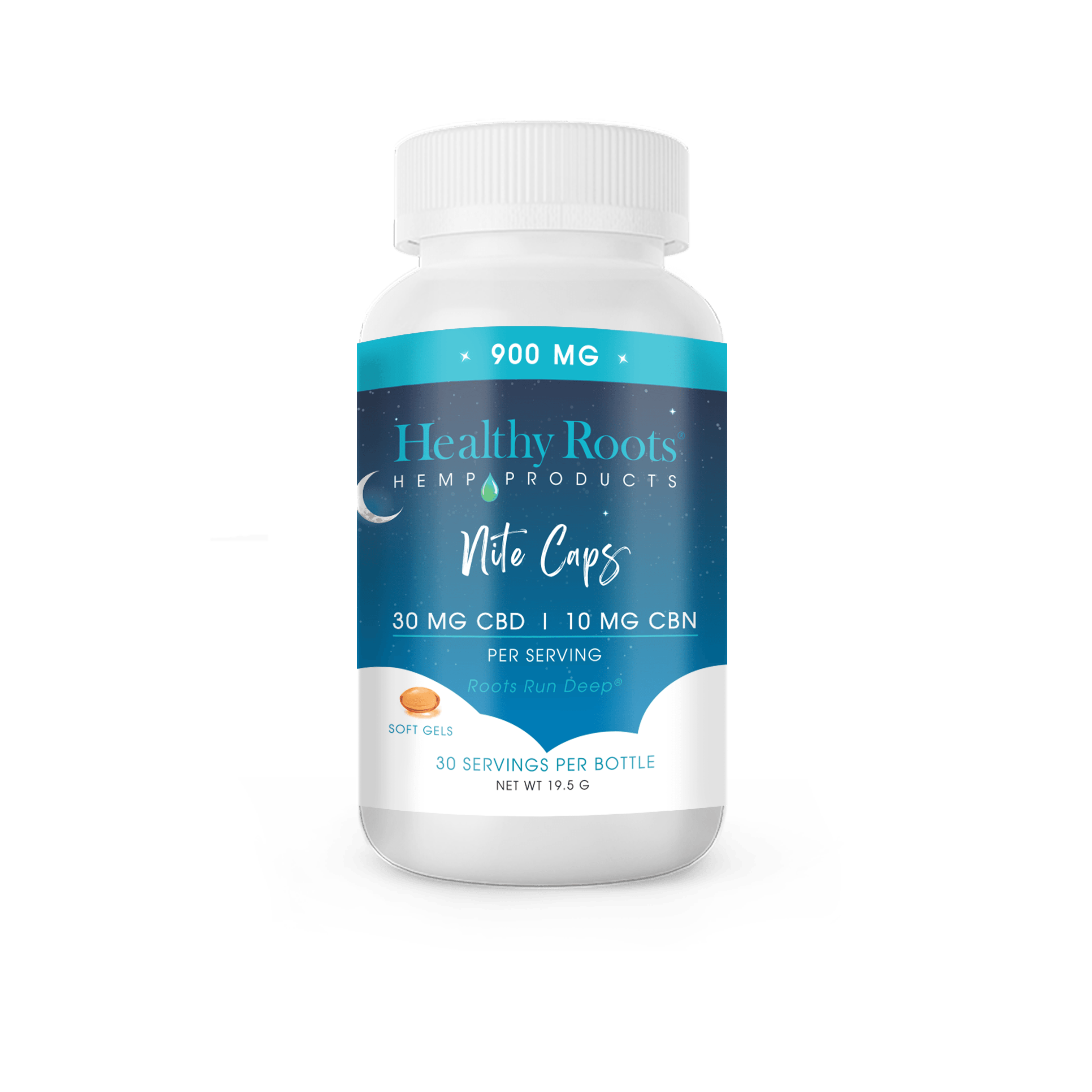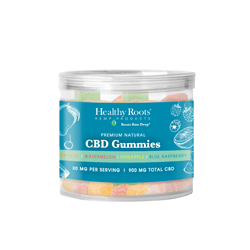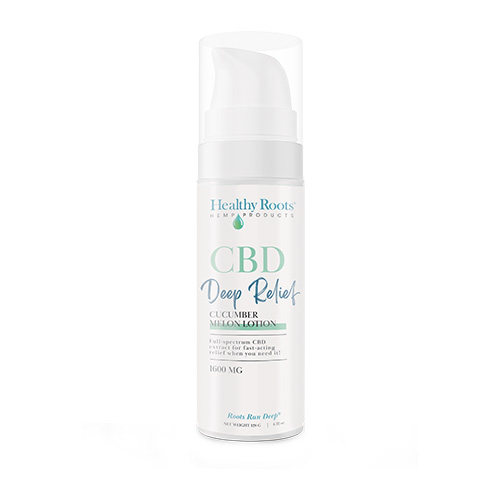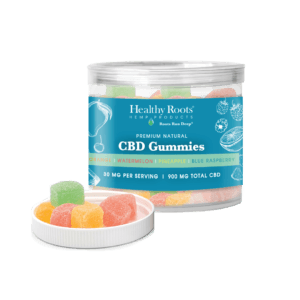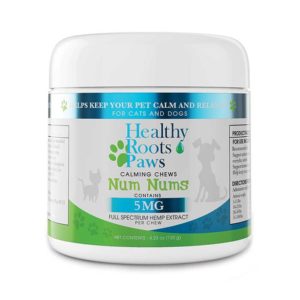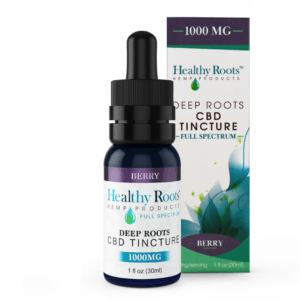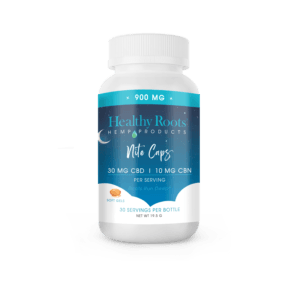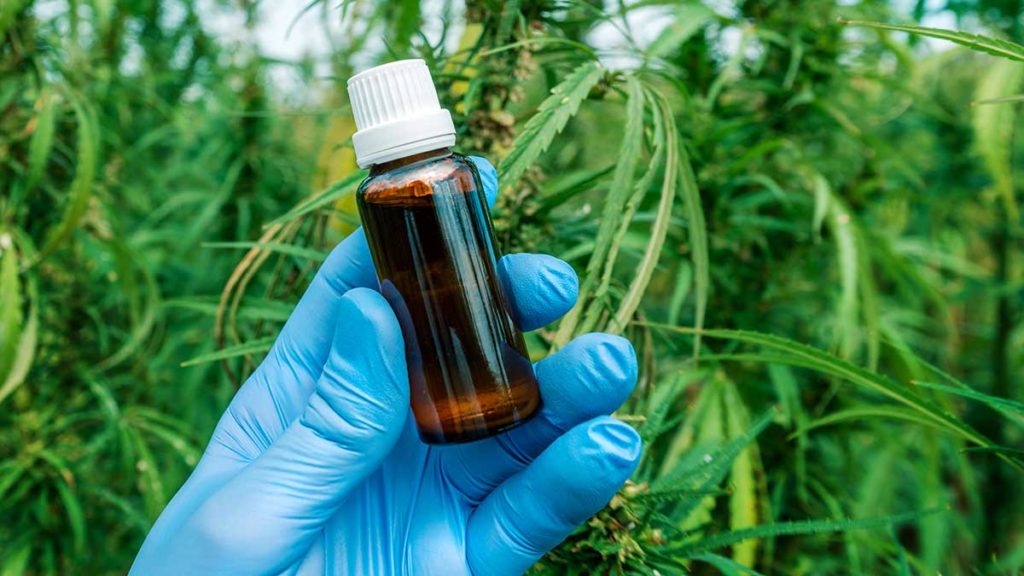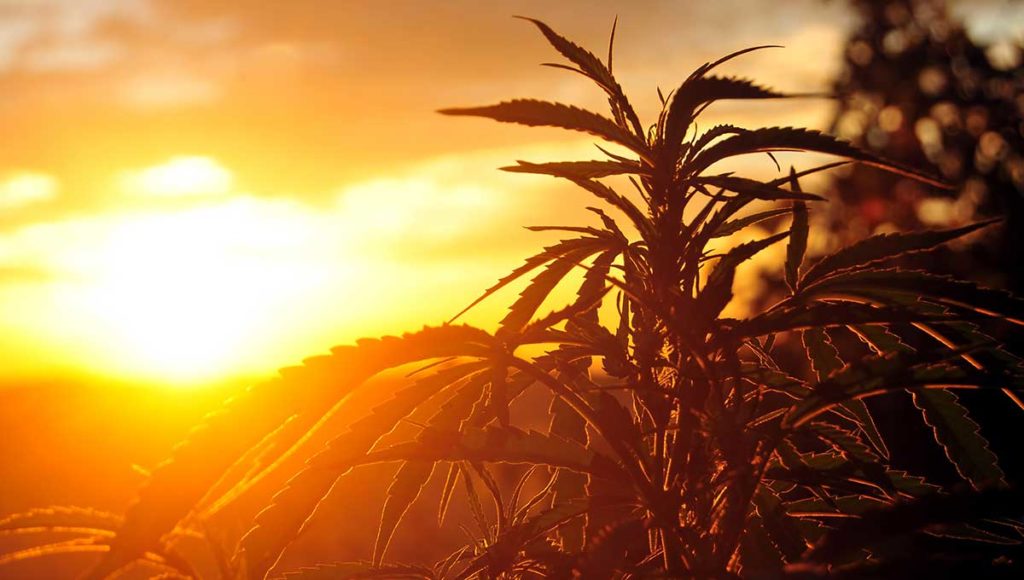
Discover the Wonders of Cannabinoids – Nature’s Gift to Humanity
Have you ever considered nature’s remarkable power and the plants’ incredible compounds?
One of these superpowers comes from the Cannabis Sativa plant – cannabinoids. These naturally occurring compounds are the key to the plant’s medicinal and recreational effects, making them a true gift to humanity.
Table of Contents
What are Cannabinoids & Where Are They Found?
What Kind of Cannabinoids Are There?
There are three types of cannabinoids; to not confuse you, we’ll talk about them shortly.
The primary difference between the three types of cannabinoids lies in their origin. Phytocannabinoids and synthetic cannabinoids are exogenous, which means they come from outside the body. Endocannabinoids are endogenous. The body produces them.
A Phytocannabinoid is a naturally occurring compound found in the Hemp and Cannabis plant.
Synthetic cannabinoids are manufactured compounds produced in a laboratory. They were first discovered in the 60s.
The human body naturally produces endocannabinoids. The body creates the Endocannabinoids Anandamide and 2-arachidonoylglycerol, which similarly regulate the body as Phytocannabinoids do. The main difference is their origin. Endocannabinoids are the reason why we have cannabinoid receptors. The Phytocannabinoids were discovered before the Endocannabinoids and the Endocannabinoid System, which is why their names relate to Cannabis.
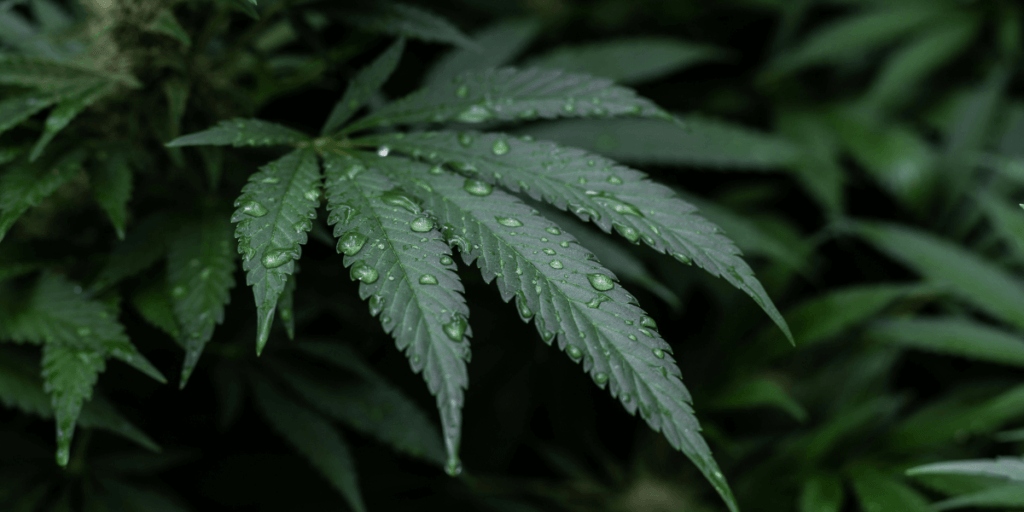
Going further in this article, we’ll talk about Phytocannabinoids.
Phytocannabinoids are primarily responsible for the medicinal and recreational effects of hemp & Cannabis. The other parts are Terpenes and Flavonoids. You can read more about them here.
You’ve probably heard about Phytocannabinoids like Delta-9-Tetrahydrocannabinol (THC) and Cannabidiol (CBD), but do you know there are at least 83 cannabinoids?
How Cannabinoids Work
Cannabinoids interact with the endocannabinoid system, an elaborate network of receptors and neurotransmitters playing a vital part in regulating physiological functions such as mood, appetite, aches, and inflammation.
When cannabinoids interact with the Endocannabinoid System, it profoundly affects our bodies and minds.
How Do You Take Cannabinoids?
Cannabinoids get used in various ways. You can eat it like a gummy or oil, apply it to your skin like a lotion, or enjoy it in a bath in the form of a bath bomb. It can also be smoked, like marijuana, but that’s not what we at Healthy Roots do. Even though we work with the same cannabinoids as in weed, we use cannabinoids from the Hemp plant, not the Cannabis plant.
But how do cannabinoids work if it only touches your skin, like in the bath or with a topical, you might ask?
The endocannabinoid system can detect compounds applied to the skin because endocannabinoid receptors are located in the skin and other tissues. Topical CBD doesn’t enter the bloodstream. Still, it gets absorbed through the pores, interacting with the endocannabinoid system through the CB2 receptors below the skin.

But Cannabinoids Are Not Water Soluble?
Yes, that is correct, but that means that they are not easily absorbed by the body when taken in water-based products. Not that they can’t be used together with water. Using a Bath Bomb with CBD will most certainly get you to experience the wonders of CBD.
Cannabinoids are fat- and alcohol-soluble, however.
How Much Cannabinoids to Consume?
That’s entirely up to you and your tolerance for them.
The percentage of cannabinoids in a given sample varies depending on the strain and growing conditions. It’s an essential factor to consider when using CBD and other cannabinoids, as it affects the potency and effectiveness of the treatment.
On all our products, you can see lab results on how much cannabinoid is present in each product. And thanks to our patented-protected formulation, we can decide how much cannabinoids we want to include and don’t have to trust each plant to be “lucky.”

What Do Cannabinoids Do?
Cannabinoids interact with the body’s endocannabinoid system, which regulates various physiological processes, such as appetite, mood, pain, and sleep.
Many studies suggest certain cannabinoids, such as CBD, may have anxiolytic effects and may help with anxiousness. When people are looking for what cannabinoids are best for anxiety, we always tell them that we are not allowed to make such claims. Still, CBD is the most studied cannabinoid for its potential anxiolytic effects.
When people ask us, Do cannabinoids reduce inflammation? We have to hold our tongues again and refer to the many studies that have shown that certain cannabinoids, such as CBD, may have anti-inflammatory properties and may help reduce inflammation. Still, it’s a claim we cannot stand behind without risking being fined.
Which Cannabinoids Do What?
There are at least 83 different Phytocannabinoids, but we only know a little about most of them. Instead, we’ll mention a few and how much is known about each.
- CBD (cannabidiol) is the prominent cannabinoid that is responsible for many potential health benefits associated with the compound. Unlike its brother, THC, CBD does not make you “high” and is instead known for its calming and soothing effects. It’s praised as a natural remedy for many health conditions. It is the second most studied cannabinoid, and its impacts ought to be considered facts by now.
- THC (tetrahydrocannabinol) is the primary psychoactive ingredient in Cannabis Sativa and is known for the “high” that people experience when using marijuana. It’s the most well-known cannabinoid and has been the subject of numerous studies, with researchers discovering more and more of its potential health benefits. Full Spectrum CBD products commonly contain only trace amounts of THC (less than 0.3%), so they are not intoxicating.
- CBN (cannabinol) is a cannabinoid found in the Cannabis Sativa plant. It forms when THC degrades due to exposure to heat, air, and/or light, which is why it can be found in aged, dry Cannabis. CBN’s anti-swelling properties may be beneficial in healing chronic wounds and can potentially lower eye pressure and exhibit neuroprotective abilities. The research for CBN is better than most minor cannabinoids, but it’s still too early to say what it can do with certainty. Nonetheless, it is most commonly used as a sleeping aid.
- CBC (cannabichromene) CBC is one of the six most researched cannabinoids. It converts from CBGA into CBCA and then into CBC after being exposed to ultraviolet light or heat. Like CBD, CBC is non-intoxicating and does not produce a “high” like THC because it doesn’t bind well with CB1 cannabinoid receptors in the brain. Instead, CBC binds with other receptors, such as TRPV1 and TRPA1, which links to pain perception and mood elevation. CBC may also increase the uptake of the body’s natural endocannabinoid Anandamide and have potential benefits as an antimicrobial, analgesic, and more.
- CBG (cannabigerol) is by many considered the mother of all cannabinoids because other cannabinoids, such as CBD and THC, are derived from CBGA, which is the acidic form of CBG. CBG may help to optimize performance and regulate healthy functions such as antibacterial, anti-swelling, and ache-relieving effects. The difficulty in obtaining CBG has led to cross-breeding and genetic manipulation in an attempt to produce more of it. Unfortunately, human studies are still sparse. Therefore more research is needed to understand its potential benefits fully.
- CBL (cannabicyclol) is a rare and minor cannabinoid found in low concentrations in hemp plants. It is thought to have potential benefits similar to CBD, but its chemical structure is more similar to CBN. CBL is not produced directly by the cannabis plant but is formed when CBC breaks down. CBL has been found in cannabis samples that are around 2700 years old. To fully understand its benefits, more research is needed. Unfortunately, we may have to wait a few years because no pharmacological evaluation has started yet.
- CBT (cannabicitran) is a rare cannabinoid thought to be synthesized from CBDa. Little is known about it despite being discovered in 1974. A few studies suggest that it has relaxing, non-psychotic, and non-addictive effects, making it useful for anxiousness, stabilizing mood, and managing discomforts. CBT may improve CBD’s shelf life and effectiveness. So far, researchers have found nine types of CBT, but we have yet to learn that much about them.

What Cannabinoid Do What FAQ
Which cannabinoids are psychoactive?
There are at least three cannabinoids to be proven psychoactive, THC, THCV, and CBN. Even though CBN counts as psychoactive, it doesn’t offer a “high” as THC does. The dosage is significantly lower and will not create a feeling of euphoria or anything similar to it. There are potentially more cannabinoids that may count as psychoactive, but it hasn’t been discovered yet.
What cannabinoids stimulate appetite?
Because of the lack of studies on minor cannabinoids, we lack a lot of data to tell with certainty. But we know that THCV may have the ability to Decrease appetite, while THC and CBD increase it. That is because The promotion of CB1 signaling can increase appetite while the blockage of CB1 suppresses it.
What cannabinoids does cannabigerol degrade into?
Cannabigerol (CBG) is the first cannabinoid to be created, and most other cannabinoids convert from it. The first ones to be converted from CBGA, the acidic form of CBG, are CBDA, THCA, and CBG. After that, they transform from their acidic form into THC and CBD.
What cannabinoids help with nausea?
As the FDA has strict guidelines that we are not to talk about how Cannabinoids can help with anything without risking being fined, the answer is, therefore, not great. But CBD and THC may have the ability to aid with nausea.
Which cannabinoid is best for inflammation?
Like the answer above, we can not say for sure. However, CBD, CBG, and many more cannabinoids may have potential anti-swelling properties.
Which cannabinoid is known as a potent bronchodilator?
Some evidence suggests that THC and CBD may have bronchodilator properties, which means they may help widen the airways in the lungs and improve breathing. However, the research in this area is still limited and conflicting, and more studies are needed to fully understand the effects of THC and CBD on the respiratory system.
But to add to it, Alpha-pinene and Beta-pinene may also work as a bronchodilator, and they are found in Full Spectrum CBD.

Are Cannabinoids Legal?
The legality of cannabinoids depends on the specific cannabinoid and the state’s laws. In some places, certain cannabinoids may be legal for medical or recreational use, in contrast to others where they may be strictly prohibited.
It all depends on what cannabinoids are legal in which state.
Certain cannabinoids, such as CBD, are legal in all states, while others, such as THC or CBN, may be strictly prohibited. You have to check how it looks in your state. But Full Spectrum CBD is legal to buy in all states, thanks to the farm bill of 2018.
The legality of it can also depend on what type of area we’re talking about. Like sports, for instance.
Why are cannabinoids banned in sports?
It’s due to concerns around their potential to enhance athletic performance. This may be the reason many use CBD. But this is also why cannabinoids are banned in sports and games. It could give an unfair advantage.
The Secret Is Out
The secret to the power of the Hemp plant lies within its cannabinoids. With continued research and discovery, we can only imagine the extraordinary benefits these compounds will bring to humanity. Especially when mixed with Terpenes and flavonoids, as in Full Spectrum CBD.
So, embrace nature’s gift to humanity and discover the wonders of cannabinoids.
Start by looking at this line of premium CBD.

